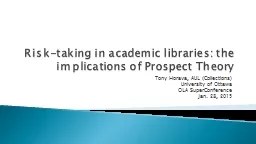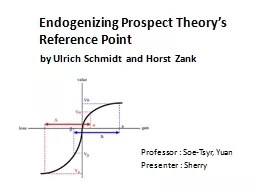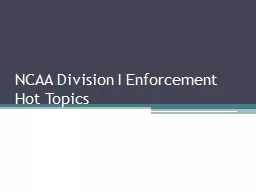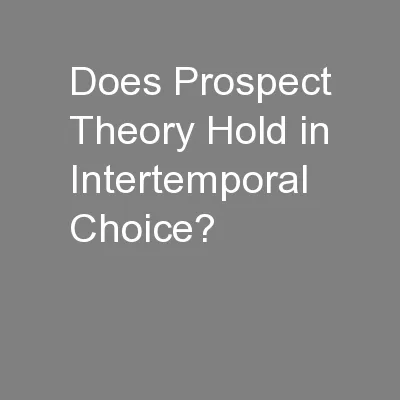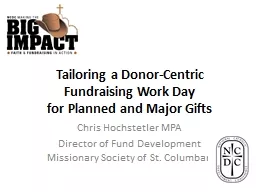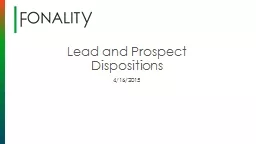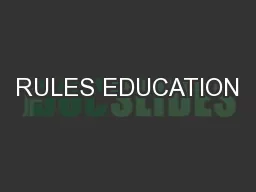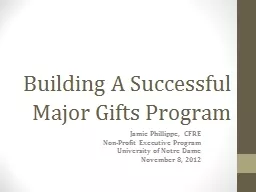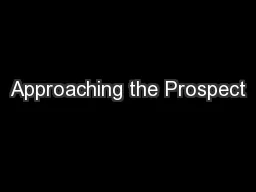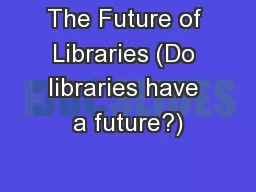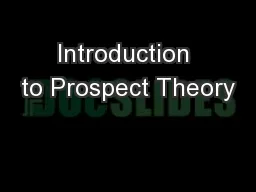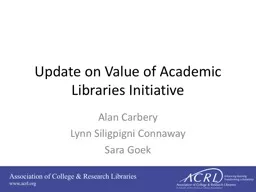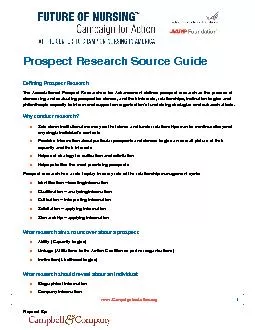PPT-Risk-taking in academic libraries: the implications of Prospect Theory
Author : pamella-moone | Published Date : 2018-03-07
Tony Horava AUL Collections University of Ottawa OLA SuperConference Jan 28 2015 Organizational risk Prospect Theory Major principles Implications for risk assessment
Presentation Embed Code
Download Presentation
Download Presentation The PPT/PDF document "Risk-taking in academic libraries: the i..." is the property of its rightful owner. Permission is granted to download and print the materials on this website for personal, non-commercial use only, and to display it on your personal computer provided you do not modify the materials and that you retain all copyright notices contained in the materials. By downloading content from our website, you accept the terms of this agreement.
Risk-taking in academic libraries: the implications of Prospect Theory: Transcript
Download Rules Of Document
"Risk-taking in academic libraries: the implications of Prospect Theory"The content belongs to its owner. You may download and print it for personal use, without modification, and keep all copyright notices. By downloading, you agree to these terms.
Related Documents

